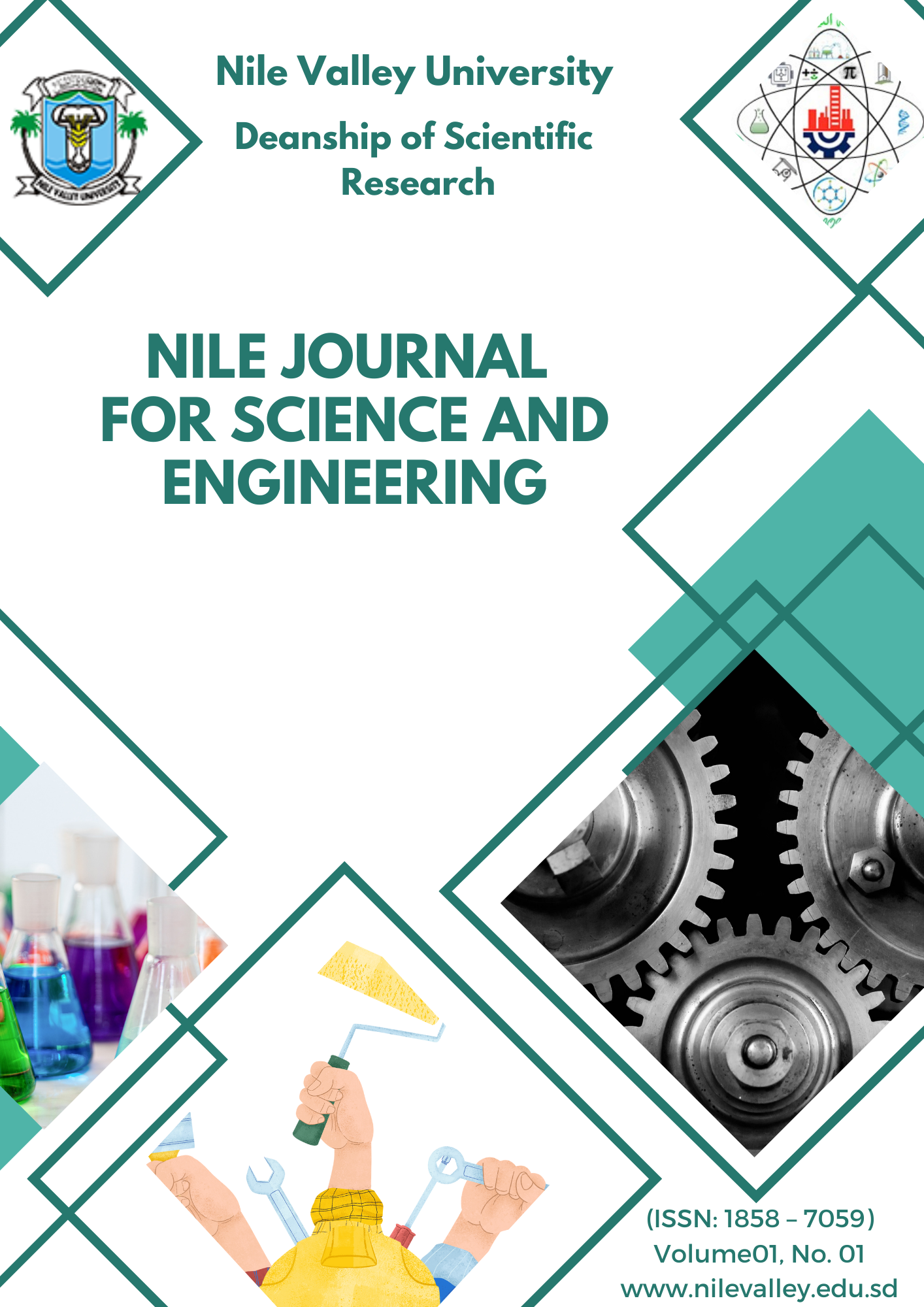Estimation of Irrigation Demand Using GIS and Remote Sensing as Assisting Tools in River Nile State, Sudan
Abstract
The agriculture is the major consumer of fresh water. Most farmers are supplying more water than is crop required. In wide areas, remote sensing techniques may improve the estimates of water use since they provide global coverage, varied temporal and spatial resolution. The main objective of this study is to use satellite-based remote sensing (RS) data and geographic information system (GIS) as assistant tools for estimating crop water requirements and irrigation system demand for the large-scale areas. About 630,000 hectares to the Eastern South of Atbara River was chosen as study area. The metrological data were collected from six nearby metrological stations surrounding the study area. Satellite images were used to characterize soils and physiography supports by auger samples collected from each 25×25 Km2, as soil samples taken fromtwo depths 0-30 cm and 30-90 cm. All soil samples were tested and used for determination of various soil properties. CropWat software from FAO was used to estimate crop water requirements. Crop coefficients (Kc) for various major crops were estimated according to FAO recommendations. Three cropping patterns for the irrigated area were defined and discussed. The maximum water needs for the three options are almost the same. The maximum monthly water requirement is in August for the three options. The worst condition is 1012 million-m3 month-1 (1606 m3 ha-1 month-1). Thus, the discharge needs to satisfy the highest water demands is 33.7 mm3 day-1 (53.5 m3 ha-1 day-1) in average of 14 working hours per day and the total discharge needed is about 670 m3 s-1 (0.00106 m3 ha-1 s-1). Therefore, it is concluded that use of RS & GIS with CROPWAT software offers a reliable tool to estimate crop water requirements irrigation system demand for the large-scale area.

